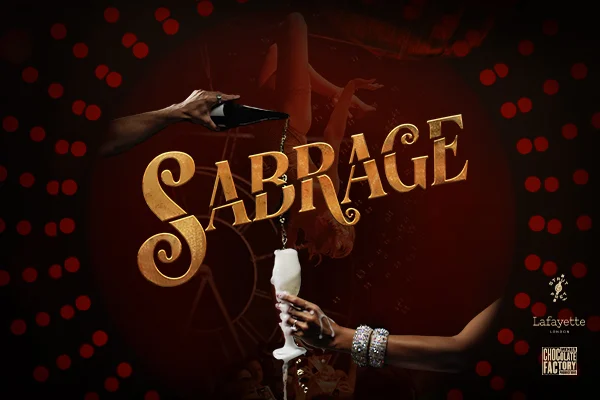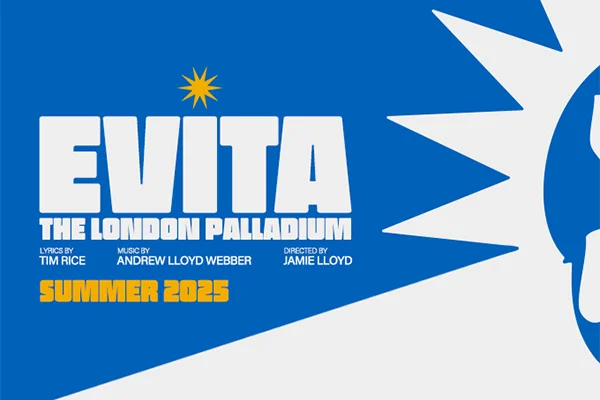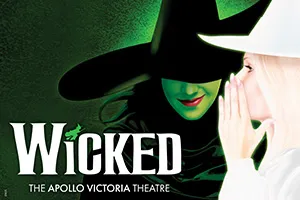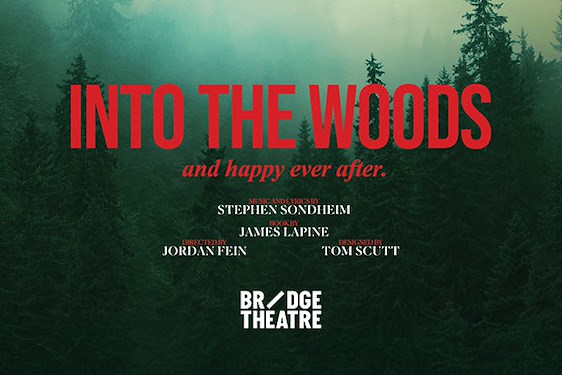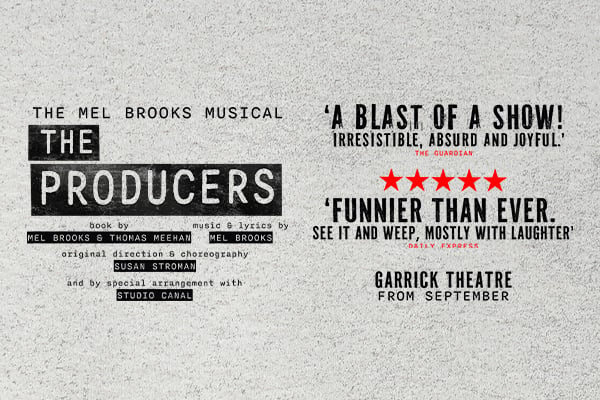As part of the American High School Theatre Festival, a group of US students bring Circle Game to the table, an original piece about stereotypes in urban America. Playing on the idea of being ‘trapped in the Circle’ wherein the stereotyping of society keeps you we chart the tragic (but predictable) story of Victor, a young Hispanic boy, which concludes with a strong (but again relatively predictable) moral message at the end of the piece. Filled with stories of gangs, broken homes, abusive relationships, discrimination as well as friendship, family and love, Circle Game touches on many familiar themes and situations and brings them out well but simplistically.
The play begins with an effective silhouette scene of a hooded youth, Victor, having an altercation with the police that ends in them beating him into submission and dragging him offstage. This incident, what led up to it and what followed, is then discussed by a group of individuals (representing different viewpoints and stereotypes) who were connected with Victor, including his mother, girlfriend, best friend and teacher who all begin their stories with ‘I remember’.
The production on the whole was very well acted, especially considering the language and scenarios were at times really rather clichéd, although in rare cases some performances were wooden and two-dimensional. The monologues in the piece were far more credible than the scenes of dialogue and conveyed more poignancy, whereas some of the other moments fell rather flat, often weakened by the notion that shouting equals intense emotion. The set was very simple, a large white backdrop projected with different colours and sometimes used to create silhouette quite effectively. Black and white graffiti-covered wooden blocks were moved around to create some sort of semblance of different scenes which had its moments of success.
The main problem with this piece is not that the subject matter of the play isn’t well delivered, or well done, but that it is overdone. Not enough innovation in the production made one forget the fact that we’ve seen pieces about stereotypes and the struggles of urban societal minorities and the like one hundred times before.







